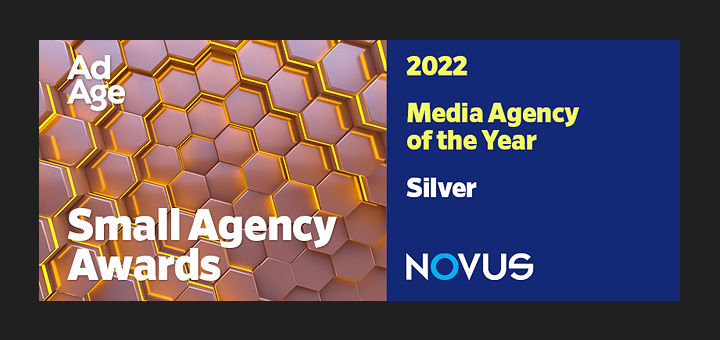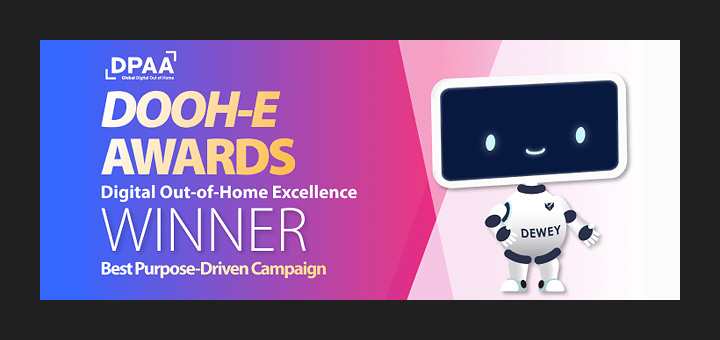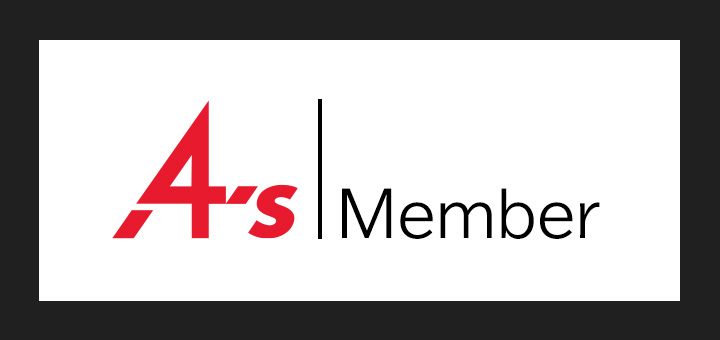How to survive and thrive in a multi-agency ecosystem
Here’s how both agencies and organizations can make the most of the agency-client relationship.
by Rob Davis
Nothing in advertising stays the same. We went from a couple of years where advertisers seemed to prioritize specialization and a strong internal team managing an army of agencies to a return to consolidation and a greater focus on lead agencies.
We’ve engaged in some recent pitches where clients were looking for a portfolio of separate specialist agencies—creative, PR, traditional media buying, digital media buying, search, and/or social. But, even in those cases, most are looking for a “lead agency” to help them wrangle their ecosystem.
Thankfully, we are prepared for this moment, having thought long and hard about how to satisfy both generalist- and specialist-minded clients. It’s the easiest way to credibly say “yes” to a variety of types of assignments.
Since we’ve encountered several of these pitches and informal discussions, I thought it helpful to share what we’ve learned about multi-agency environments.
ADVICE FOR AGENCIES IN THIS NEW LANDSCAPE
1. Play Nice
Sometimes you’re the big dog, and sometimes you’re not. It’s usually not a reflection of your work or capabilities, and your role is not going to be the same for every client. If your agency takes a smaller or more specialized role within an inter-agency ecosystem, your best bet is to just do the best work and be as collaborative as possible. As a client once told me, “It’s not a matter of what you can do, it’s about what we hired you to do, at this moment.”
Undermining competitors or the process will only hurt the client—and your growth aspirations.
2. Solve, Don’t Sell
One of the biggest complaints we hear from clients is how much time their incumbent agents spend upselling on other services. Sometimes they’re already in selling mode before they even accomplish what they were hired to do, like a contractor who starts pitching a kitchen remodel in a house where water is leaking from the roof he did not build correctly.
Stay focused on executing the job you’ve been hired to do and solve the client’s business challenges. With proven competence and quiet confidence, new opportunities usually arise.
3. Integrate Into The Client, Not Vice Versa
It’s not that (most) clients are afraid of change; often they’re just big and have infrastructure and processes beyond marketing that are difficult to reinvent. The purpose of the game in an agency environment is to make clients’ lives as easy as possible. Build innovation into or around their systems and processes, and orchestrate unified change amidst the agency(ies).
4. Prepare For All Roles
One way we’ve managed to stay a nimble agency is through our employee training. Every NOVUS employee has a “major” subject of expertise and a “minor.” It’s all the benefits of school without that pesky homework. That means we can spread our resources more broadly and pull in a greater number of help for specific requests no matter how unique they are.
HOW CLIENTS SHOULD HANDLE THIS ENVIRONMENT
1. Determine Your Involvement (But Know It Won’t Be Zero)
Any parent who has left an older sibling in charge of the younger ones will know challenges will inevitably arise. Ultimately, no matter how much authority you give one of your charges, they will eventually need you to weigh in and make a decision.
The same is true for agencies. The lead agency must project both strength and authority while understanding their connection to the other agencies is a partnership. But as the client, you should define early on how much, how, and when you want to be in the decision-making and approval process.
2. As Such, Set The Agenda
Agencies are only as valuable as the directives they are being asked to follow. We all sometimes fall in love with our own perspective instead of listening to the client and executing on their goals. But, without clear strategy and vision, as well as clearly defined responsibilities, agencies will start proactively trying to create the strategy and find the roles. It’s a much better use of their time to set clear expectations, including where the lead agency’s responsibilities lie for ensuring every agency is aligned and moving towards a common goal.
3. Do It For The Right Reasons
Consolidation of agencies has the potential for big improvements in efficiency and consistency, but also the potential to limit some options and perspectives. Be sure to build in the right incentives, like shared risk/reward for business (not just media or creative) metrics, and insist on a culture of collaboration and innovation. A good lead agency will feel like an extension of your team, while still being comfortable to respectfully challenge convention and continually strive for improvement.
There is no silver bullet to the agency-client relationship. If there was, I’d be retired on a beach somewhere. But by keeping a positive outlook, looking to provide value wherever it’s needed, and focusing on the client’s goals and vision is the best way to keep one’s existing work and win new work in the process.
And, in turn, clients should know that they can’t just set and forget their agency relationships. They may choose a lead agency, but they need to give them tools and guidance to make every facet of the marketing function work harder and make their lives easier.





